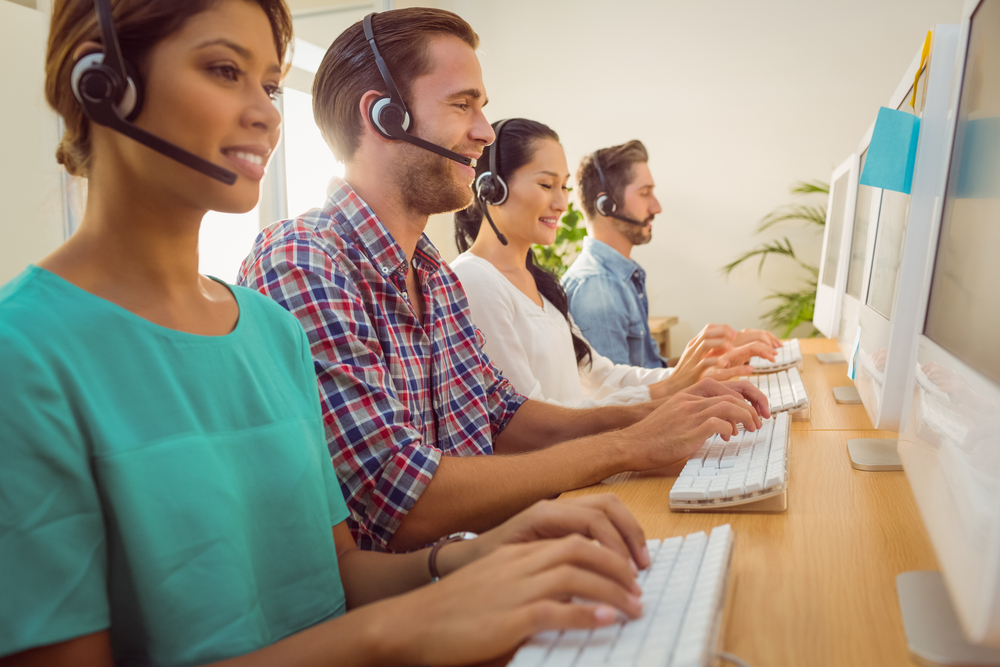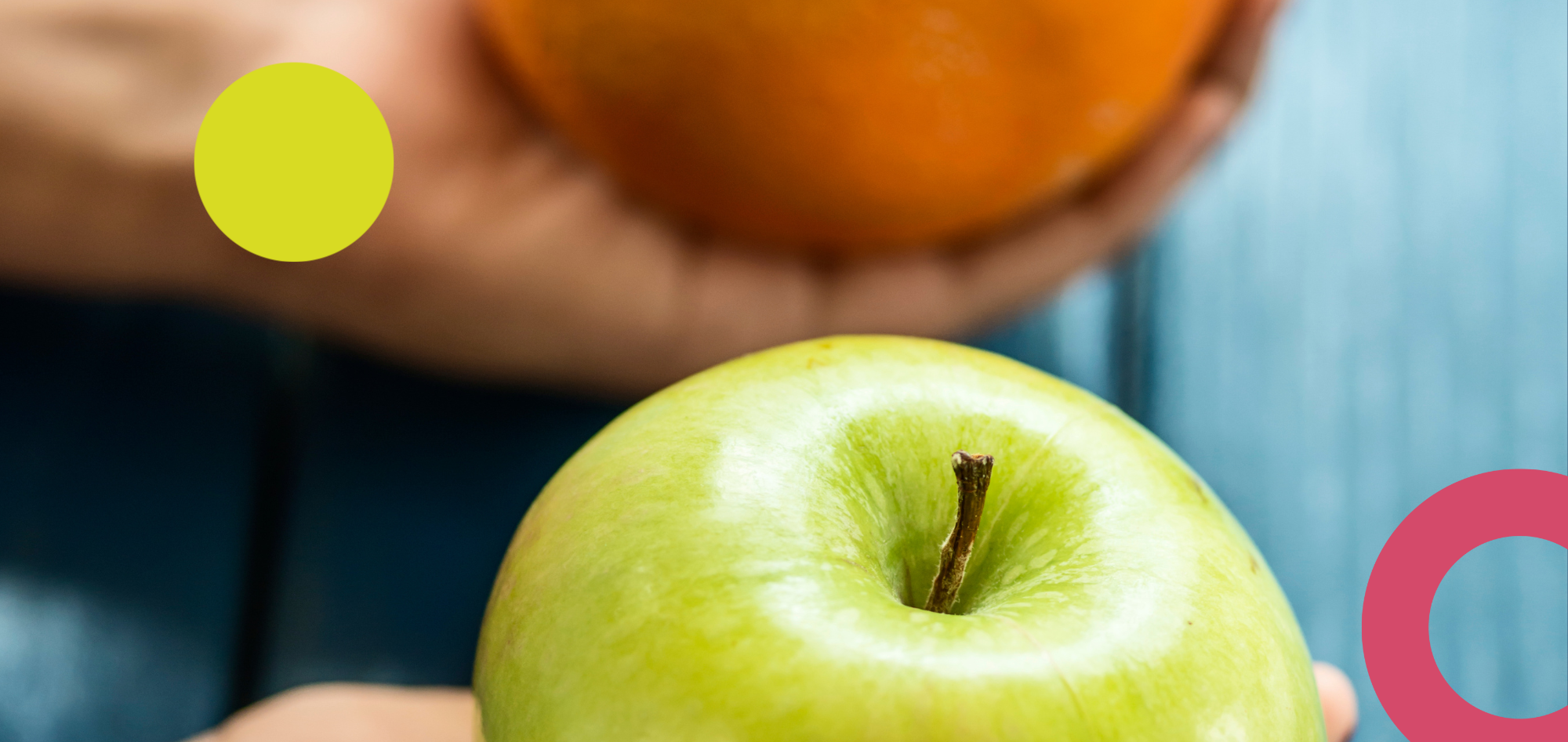
Don't Waste Your Event Content: Here's How to Repurpose it for Maximum Value
Dec 4, 2023
As event professionals, we know the effort and resources that go into creating engaging content for our events. But what happens to all that content once the show is over? Do we just pack it away and move on to the next event? Or do we keep milking it for more value? The truth is, there's still so much value in that content waiting to be unlocked. Not only is repurposing event content a sustainable practice, but it also allows you to reach a wider audience and extend the lifespan of your content. In fact, according to the State of Content Marketing 2023 report by SEMrush, 42% of marketers reported that repurposing content increased the success of their marketing campaigns. In this article, we'll explore real-life examples of successful post-event content repurposing, creative ways to repurpose event materials, and best practices for a winning event content strategy. Don't let your valuable event content go to waste, keep reading to discover how to repurpose it for maximum value! Skip to: Why should I repurpose my event content? Creative ways to repurpose event materials. Best practices for a winning post-event content strategy. Why should I repurpose my event content? Repurposing event content is not just a trend, it's a necessity in any industry, especially in the event industry where almost every event program costs a fortune. By repurposing your event content, you can unlock its full potential and extend its lifespan, resulting in numerous benefits for your business. Here are eight reasons why repurposing event content is so important for your business: 1. Generate More Quality Leads: There are countless individuals who are interested in the topics and insights you shared at your event, but for various reasons, they couldn't make it to the event. Repurposing your event content allows you to bridge that gap and bring your valuable information to them. By resharing snippets of your event content, you can pique the interest of your audience and generate quality leads for your business from non-attendees. This approach allows you to leverage the power of your event content beyond the confines of the physical event itself. 2. Establish Thought Leadership: Repurposing content not only positions your brand as an expert in your industry, it also establishes a strong reputation and gains the trust of your audience. When you share valuable insights and knowledge from your events, you demonstrate your expertise and showcase your ability to provide valuable information. With content repurposing, you have the opportunity to go beyond the surface-level content that was presented at the event. You can delve deeper into the topics, share additional insights, and provide more in-depth analysis. This allows you to showcase your expertise and establish yourself as a thought leader in your field, attract a loyal following, gain the trust of your audience, and open up new opportunities for growth and collaboration. 3. Maximize Your Event Budget: Repurposing content is both a cost-effective strategy and a way to maximize the return on your event investment. Rather than starting from scratch and creating new content, repurposing allows you to tap into the wealth of existing material you have already created, saving you valuable time, effort, and resources. That way, the value of your content doesn't end when the event is over. Instead, you can continue to share valuable information and insights long after the event has ended, keeping your brand top of mind for your audience. So why let your valuable event content go to waste when you can repurpose it for maximum value? 4. Boost Search Engine Optimization Effort: One of the key benefits of repurposing event content for SEO is that it allows you to target different keywords and phrases. By creating content in different formats, you can optimize each piece for specific keywords that are relevant to your target audience. This diversification of content helps you rank higher in search engine results pages (SERPs) for a wider range of keywords, increasing your chances of being discovered by potential attendees and customers. Moreover, when you distribute your repurposed content across various channels, such as social media platforms, industry forums, and online communities, you expand your reach and increase the likelihood of attracting backlinks. Backlinks are essential for SEO as they signal to search engines that your content is valuable and trustworthy. The more backlinks you have from reputable websites, the higher your website will rank in search results. 5. Engage & Provide Value to Your Audience: By repurposing your event content into diverse formats such as captivating videos, visually appealing infographics, and informative blog posts, you can effectively engage your audience across multiple platforms. Recognizing that individuals consume content in various ways, repurposing allows you to cater to different preferences and capture the attention of a wider audience. Moreover, this strategic approach enables you to continuously provide value to your audience. By creatively packaging information and presenting it in fresh and unique ways, you can offer new perspectives and insights that may have been overlooked during the event itself. 6. Extend the Lifespan of Your Content: Instead of letting your event content gather dust after the show is over, repurposing allows you to breathe new life into it. By repurposing event content, you can continue to share valuable information and insights long after the event has ended, keeping your brand top of mind for your audience. Creative Strategies for Maximizing the Use of Your Event Material The possibilities for repurposing event content are endless. Creative thinking and exploring multiple content formats and platforms will help you maximize the use of your event materials and engage with your audience in new and exciting ways. Below, we've listed 9 creative strategies to consider, and some real-life examples as well. These strategies cut across both in-person and virtual events. 1. Blog posts: Transforming event presentations or sessions into informative blog posts is a great way to provide your audience, who may or may not have made it to your event, with in-depth insights and valuable information. With that, you can offer a more comprehensive understanding of the subject matter, further engaging your readers. Summarize key takeaways from the presentation or session, focus on a specific theme, and enhance your blog post with visuals such as images, videos, or charts that reinforce the concepts discussed in the event. Visual aids not only make the content more visually appealing but also help readers grasp complex ideas more easily. Finally, include quotes from the event speakers or attendees where necessary, as it adds a personal touch to the blog post and allows readers to connect with real experiences and perspectives. In the screenshot above, Explori creates a dedicated page that houses summary blog posts for its virtual event. Tap the image to visit the page. 2. Email marketing: Another effective way to repurpose content for events is by turning it into engaging email newsletters or updates. By sharing highlights, key takeaways, or exclusive behind-the-scenes content with your subscribers, you can keep them informed and engaged even after the event is over. Just as it is with blog posts, in your email newsletters, you can summarize the most important points from the event and provide additional context or insights. This way, your subscribers can get a taste of the valuable information that was shared at the event, even if they couldn't attend. It also helps attendees remember the impact of your event and get a hold of any part they may have missed. This can also be made into workflows, to ensure each attendee goes beyond the summary of your event, but also get relevant information about other related resources you may have to share. 3. Webinars: For in-person events, hosting webinars with the existing event content as a foundation is an excellent opportunity to continue engaging with your audience in a live and interactive setting. During the webinar, you can expand on the key takeaways and themes discussed at the event, allowing participants to gain a better understanding of the topic discussed. This also gives you the chance to address any questions or concerns that may have arisen from the event. By offering expert commentary and insightful responses, you can provide valuable guidance and support to your audience, further establishing your thought leadership and expertise in the industry. This is a major strategy that not a lot of brands are leveraging yet, but can help further drive more conversation and generate more leads for your business. 4. Case studies and testimonials: Another creative way to maximize the use of event material is to showcase positive experiences from your event through case studies and testimonials. By highlighting real-life examples of how your event has made a difference in people's lives, you not only demonstrate the impact of your event but also build credibility and trust with future potential attendees. Case studies provide an in-depth analysis of specific individuals or companies that have benefited from your event. They delve into the challenges they faced, the solutions they found through your event, and the results they achieved. By sharing these success stories, you not only inspire others but also provide concrete evidence of the value and effectiveness of your event. Testimonials, on the other hand, offer personal accounts of attendees who have had positive experiences at your event. These can come in the form of written testimonials, video interviews, or even audio recordings. By sharing the words and experiences of satisfied attendees, you create a sense of trust and authenticity that can be incredibly persuasive to potential attendees. SubSummit is unlike any other conference, according to @jasonnmyers of @bold_commerce! 🎉 #subsummit #networking #businessconference #liveevents #businessevent #digitalsubscription #dtcsubscription #subscriptions #subscriptionconference #networking #subscriptionindustry pic.twitter.com/yQMjv9ewUF — SubSummit (@Sub_Summit) June 7, 2022 5. Social media posts: Break down event content into bite-sized recap pieces and share them across your social media platforms. This will help increase the chances of your content being shared by others, even after the event. Doing this creates more opportunities for your audience to interact with your content. They can like, comment, and share these snippets, which helps to amplify your message and reach a wider audience. Additionally, when your content is shared by others, it increases the chances of it being discovered by future potential attendees or customers who may not have been aware of your event. This can drive traffic back to your website or blog, where they can find the full content or learn more about future events or any other relevant content. View this post on Instagram A post shared by River Beats Colorado (@riverbeatscolorado) Other creative post-event content use: 6. Podcast episodes: Convert event presentations into podcast episodes. This allows you to reach a wider audience and provide valuable insights in an easily consumable format. 7. Explainer or how-to videos: Create short videos that explain concepts or provide step-by-step instructions based on the event content. Visual content is highly engaging and can be easily shared across various platforms, thus, it will help you reach more people across multiple platforms. 8. Infographics: Create visually appealing infographics out of your event data and statistics. Infographics are highly shareable and can help you reach new audiences on social media platforms. 9. Quizzes: Repurpose event content by turning it into interactive quizzes. This engages your audience and allows them to test their knowledge while also reinforcing key concepts learnt from your event. By utilizing these creative strategies, you can make the most of your event materials and continue to engage with your audience long after the show is over. Best Practices For Creating a Winning Post-Event Content Strategy Creating a winning event content strategy requires careful planning and execution. Here are some best practices to consider: 1. Set clear goals: Before repurposing your event content, define what you hope to achieve. Whether it's generating leads, establishing thought leadership, or increasing brand visibility, having clear goals will guide your strategy. 2. Understand your audience: Know who your target audience is and what kind of content they prefer. This will help you tailor your repurposed content to their needs and preferences, increasing its effectiveness. 3. Prioritize quality: While repurposing content allows you to save time and resources, don't compromise on quality. Ensure that your repurposed content is valuable, informative, and well-crafted to engage your audience. 4. Be strategic with platforms: Different platforms cater to different types of content. Consider the strengths of each platform and repurpose your content accordingly. For example, use blog posts for in-depth analysis, social media for quick snippets, and videos for visual storytelling. 5. Maintain consistency: While repurposing content, maintain a consistent brand voice and style. This helps create a cohesive brand identity and builds trust with your audience. 6. Encourage engagement: Use your repurposed content as an opportunity to engage with your audience. Encourage comments, ask questions, and invite feedback to foster a two-way conversation. 7. Analyze and optimize: Track the performance of your repurposed content and analyze the results. Identify what works and what doesn't, and make necessary adjustments to improve your strategy. By following these best practices, you can create a winning event content strategy that effectively repurposes your materials and achieves your desired outcomes. Remember, it's all about delivering value to your audience and maximizing the impact of your event content. Make the most of your event content by repurposing it for maximum value and wider reach. Don't let all that effort and resources go to waste – let's explore how to breathe new life into your content post-event.
.png?width=150&height=61&name=explori_logo%20(1).png)













